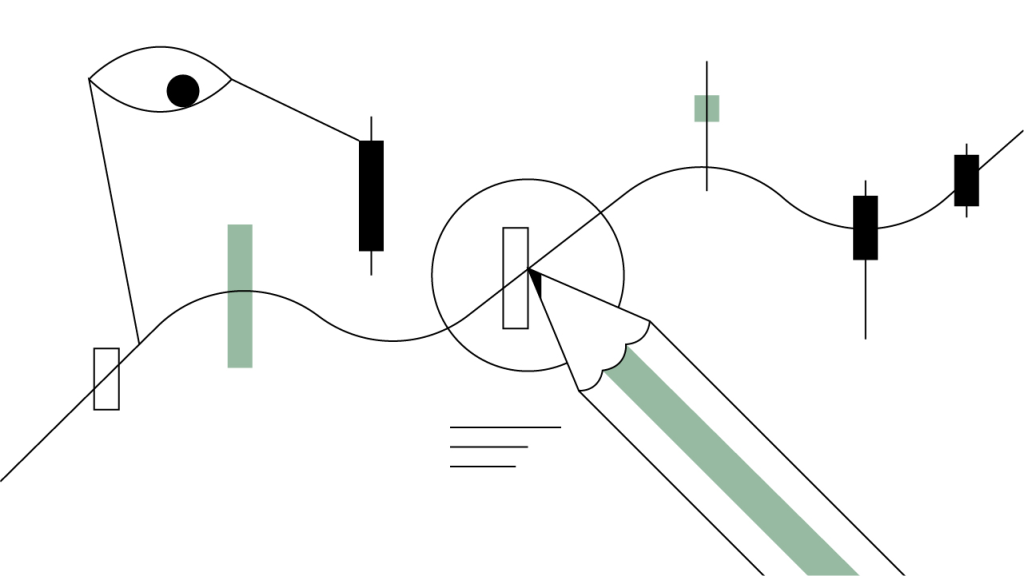Contents
What are Perpetual Futures?
Learn about what perpetual futures are and how they can be used for speculation, hedging and more.
Updated February 26, 2025 • 3 min read

Summary
Perpetual futures are an innovative financial instrument that allows traders to speculate on the price of an asset without an expiry date. This article takes a look at how these contracts provide liquidity and flexibility for traders, and the risks involved.
What are Perpetual Futures?
Perpetual futures (or perps) are a type of derivative contract that enables traders to speculate on the price movements of cryptocurrencies or other assets, without owning the underlying assets. These contracts are called "perpetual" because they do not have a set expiration date, allowing traders to hold positions for as long as they choose.
Unlock the future of money on Gemini
Start your crypto journey in minutes on the trusted crypto-native finance platform
This feature sets them apart from traditional futures contracts, which have predefined expiration dates requiring the settlement of positions. With the cumulative trading volume of crypto perpetual contracts since 2020 surpassing $60 trillion, let’s take a look at how they can be used.
What can Perpetual Futures be Used For?
Unlike traditional futures contracts, which have specific expiration dates and require settlement upon maturity, perpetual futures are designed to be held indefinitely. This feature, combined with mechanisms like the funding rate (the difference between the mark price of a perp contract and the market price) and the ability to use leverage, makes perpetual futures a flexible and powerful tool for both speculative trading and risk management. Below are just a few examples of the ways in which perpetual futures might be used.
Speculation: Traders can use perpetual futures to speculate on the price movements of cryptocurrencies. By taking long (buy) or short (sell) positions, they can profit from both rising and falling markets without needing to own the actual cryptocurrencies. For instance, if a trader thinks the price of Bitcoin will rise, they can take a long position in a BTC perpetual futures contract. On the other hand, if they expect the price to fall, they can take a short position. This flexibility allows traders to capitalize on market trends and volatility, aiming for profits based on their market predictions.
Hedging: Investors can also use perpetual futures to hedge their positions in the spot market, reducing their exposure to adverse price movements. For example, if an investor holds a significant amount of Bitcoin and anticipates a short-term decline in its price, they can open a short position in a BTC perpetual futures contract. This short position will gain value if the price of Bitcoin falls, offsetting the losses from their Bitcoin holdings. This hedging strategy helps investors manage risk and protect their portfolio's value against unfavorable market conditions.
Leverage Trading: Perpetual futures also allow traders to use leverage, meaning they can control a larger position with a relatively small amount of capital. For example, with 10x leverage, a trader can open a $10,000 position with only $1,000 of their own money. Leverage can amplify potential profits, making it attractive for those looking to maximize their return on investment. However, it also increases the risk of significant losses, as small adverse price movements can lead to rapid capital depletion and potential liquidation of positions.
Arbitrage: Traders can also exploit price discrepancies between the spot market and the perpetual futures market. By leveraging arbitrage opportunities, traders can receive profit from differences in these prices. However, it requires quick execution and–much like many other perp strategies–it requires a thorough understanding of both the spot and futures markets.
What are the Risks Involved?
While perpetual futures present significant opportunities, they can also present risks. The use of leverage can lead to capital being depleted very quickly in volatile market conditions – meaning when prices are changing quickly, you can lose a lot of money in a short space of time. Traders should also be wary of the funding rate, as it can impact profitability over extended periods. To mitigate these risks, it’s essential for traders to employ sound risk management strategies, such as setting stop-loss orders and regularly checking market conditions. Always remember to do proper research before carrying out any kind of trade, and be aware of the risks associated with derivatives instruments like perpetual futures.
Cryptopedia does not guarantee the reliability of the Site content and shall not be held liable for any errors, omissions, or inaccuracies. The opinions and views expressed in any Cryptopedia article are solely those of the author(s) and do not reflect the opinions of Gemini or its management. The information provided on the Site is for informational purposes only, and it does not constitute an endorsement of any of the products and services discussed or investment, financial, or trading advice. A qualified professional should be consulted prior to making financial decisions. Please visit our Cryptopedia Site Policy to learn more.

Is this article helpful?


